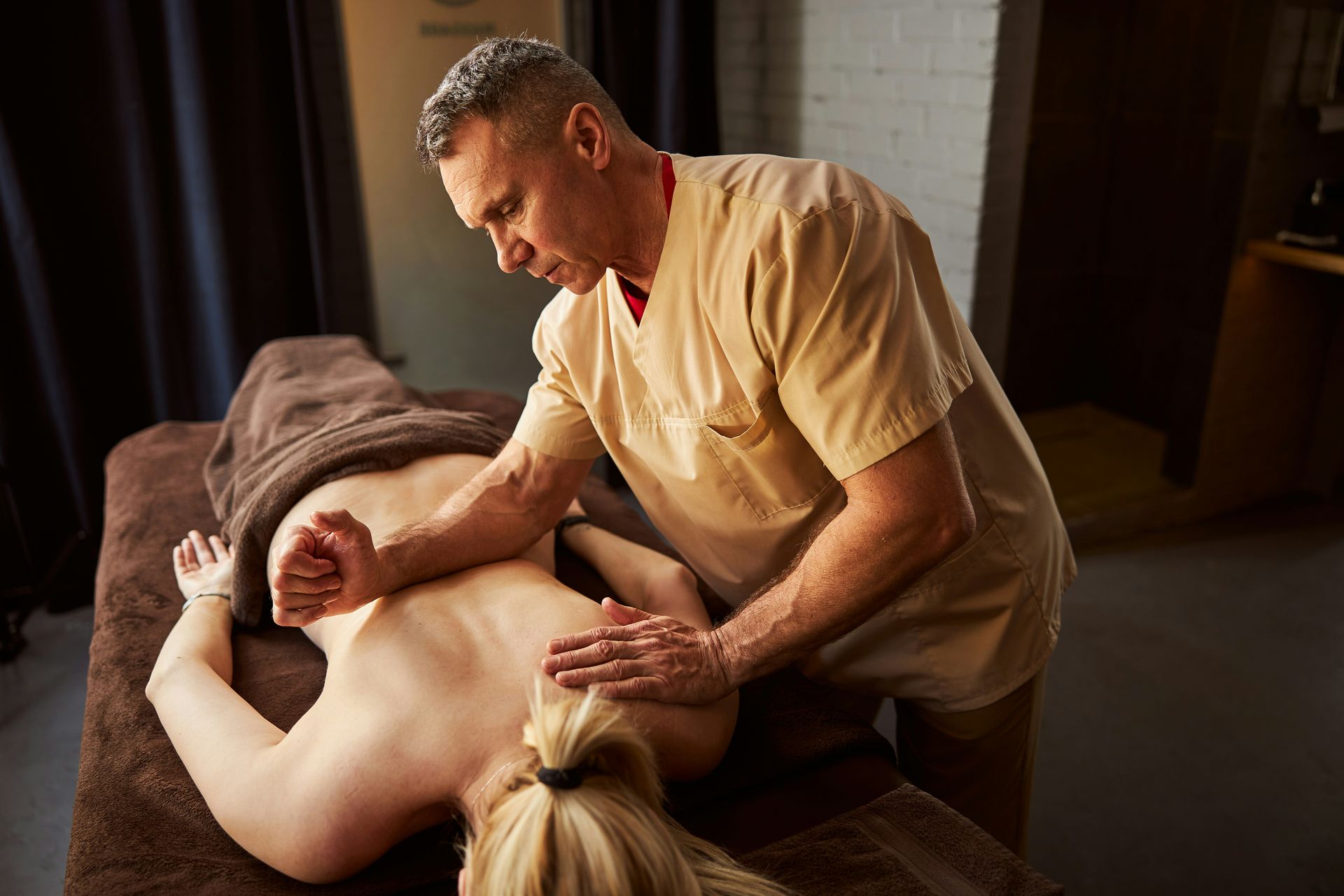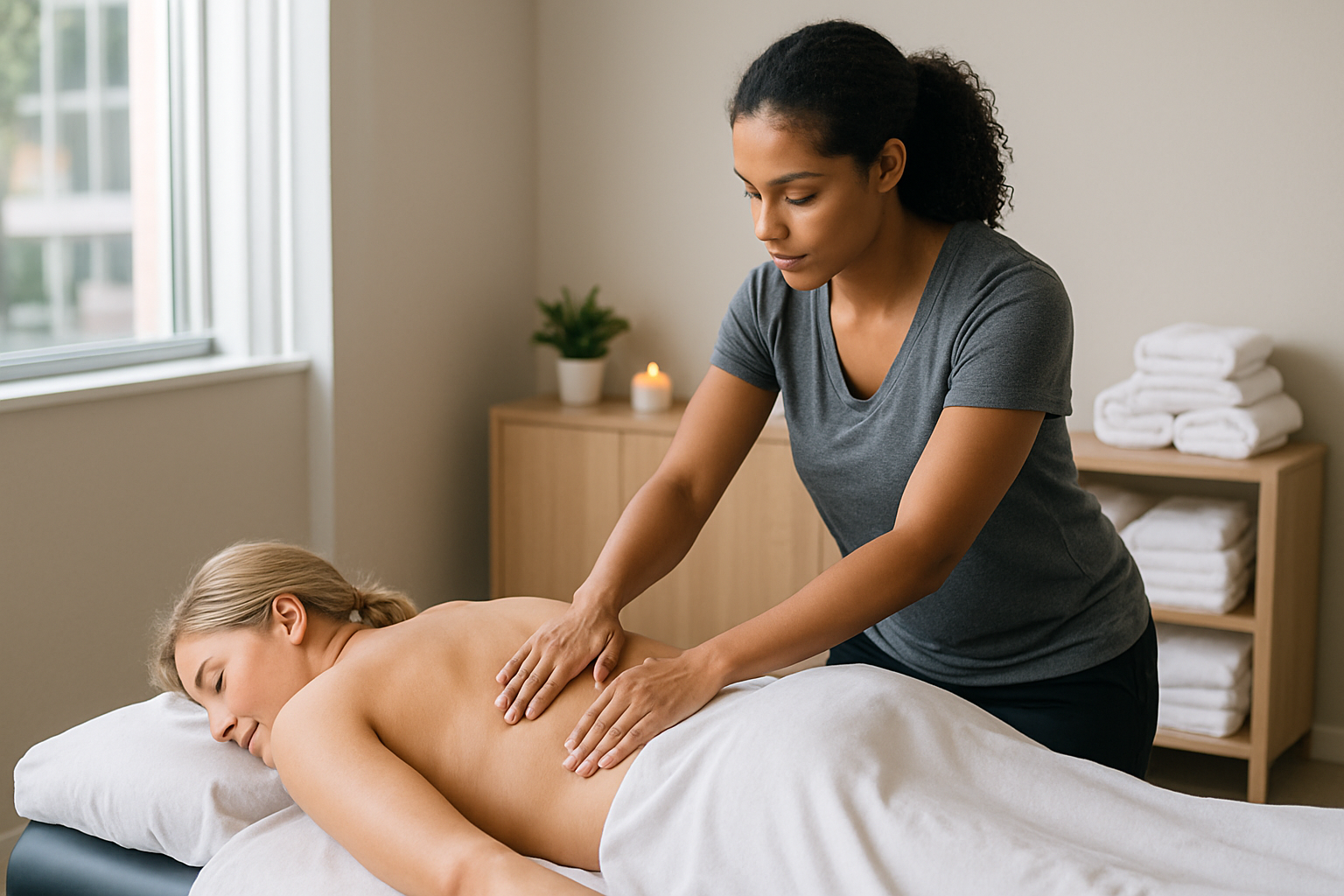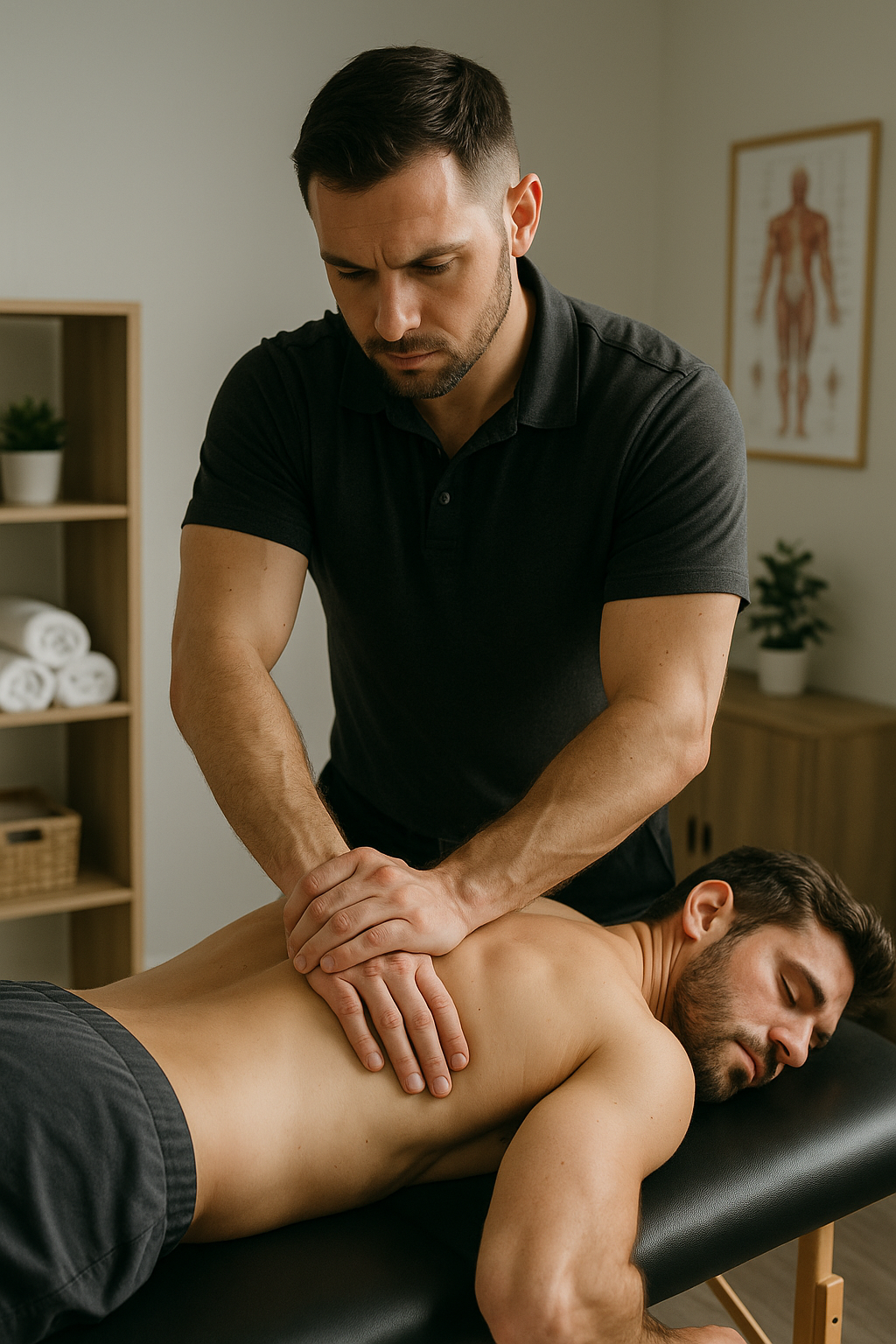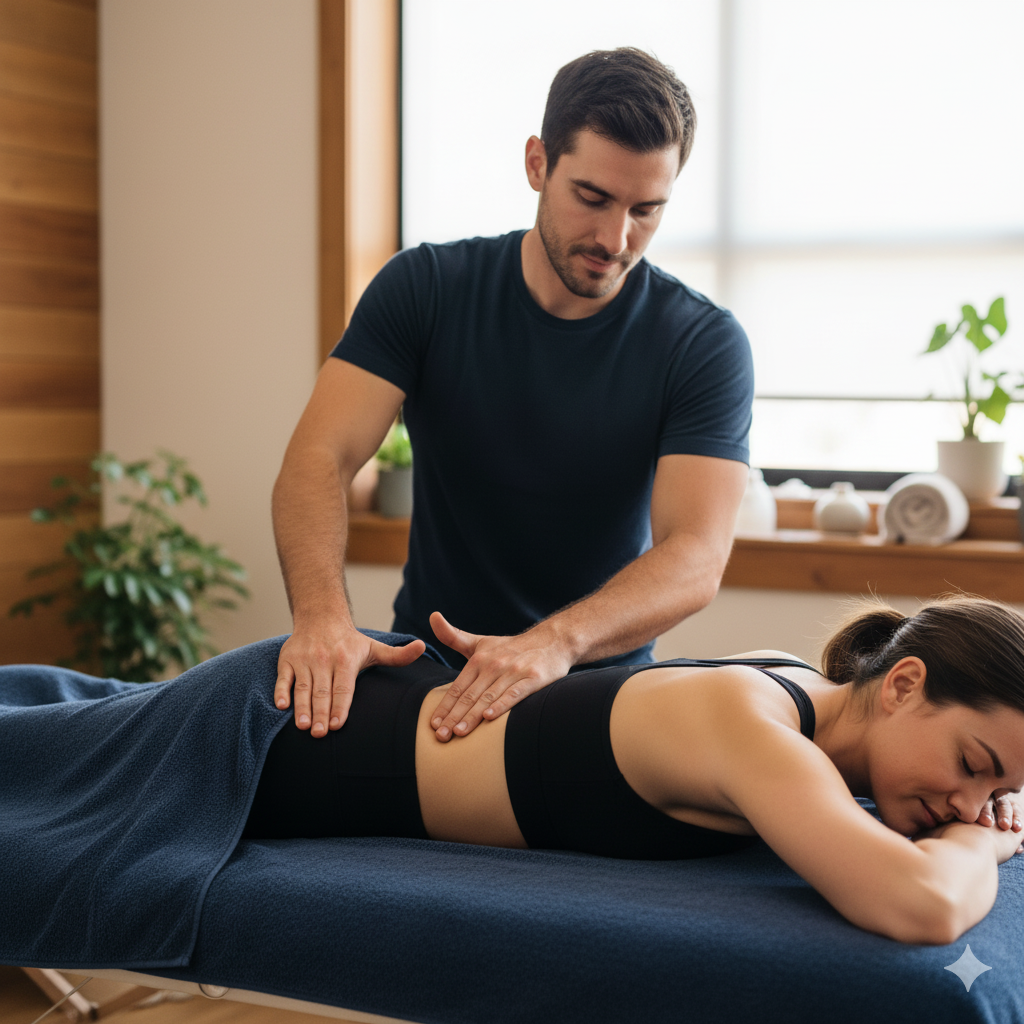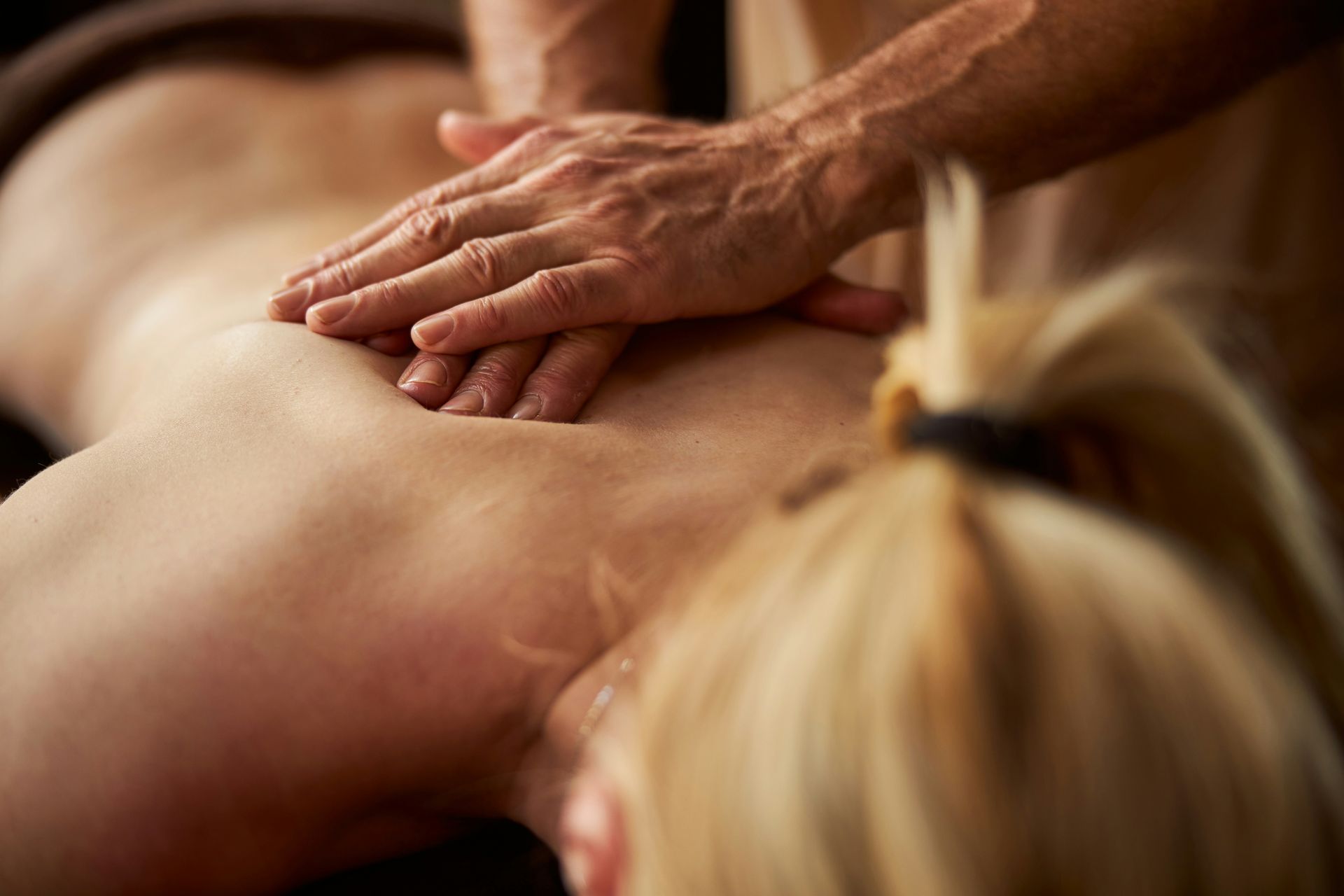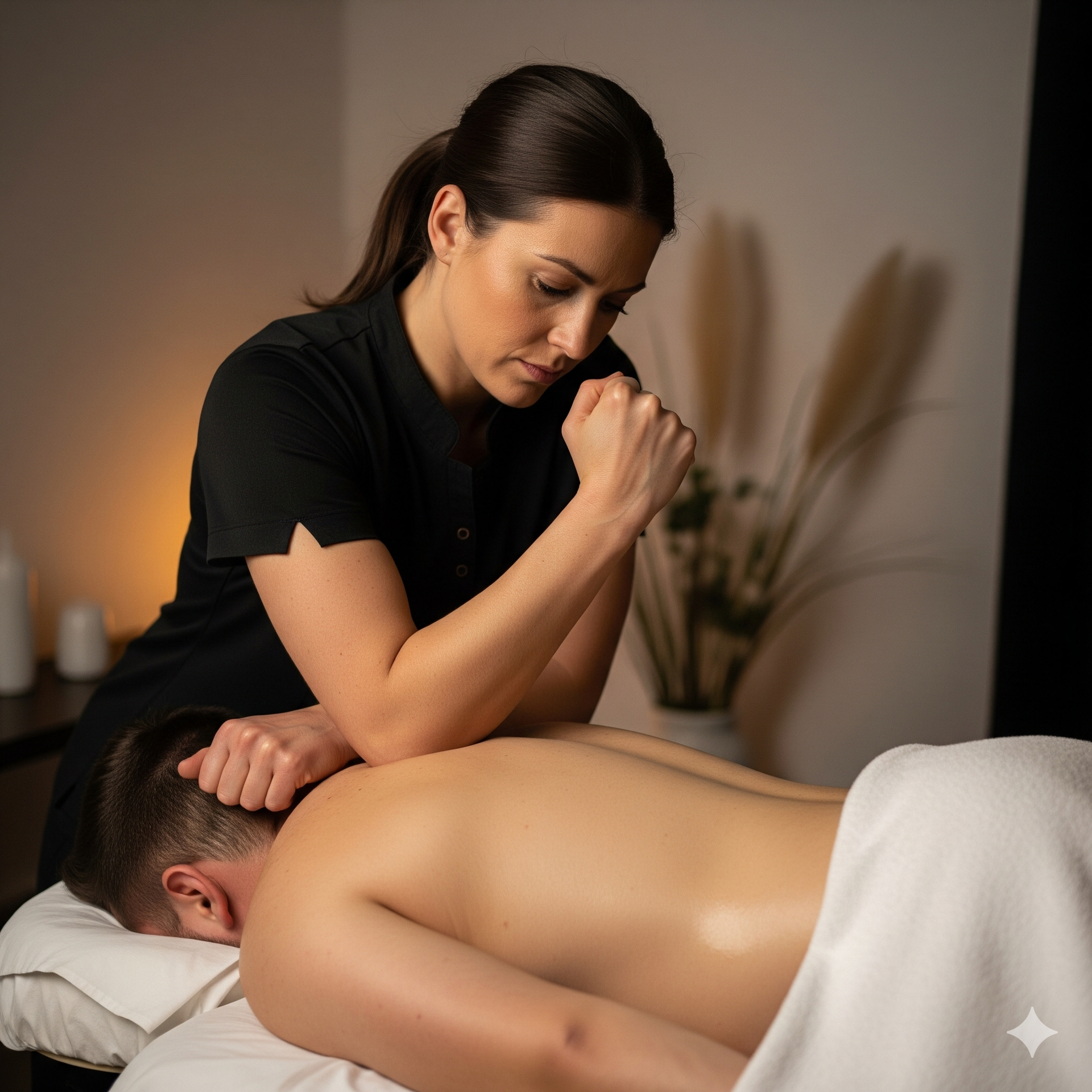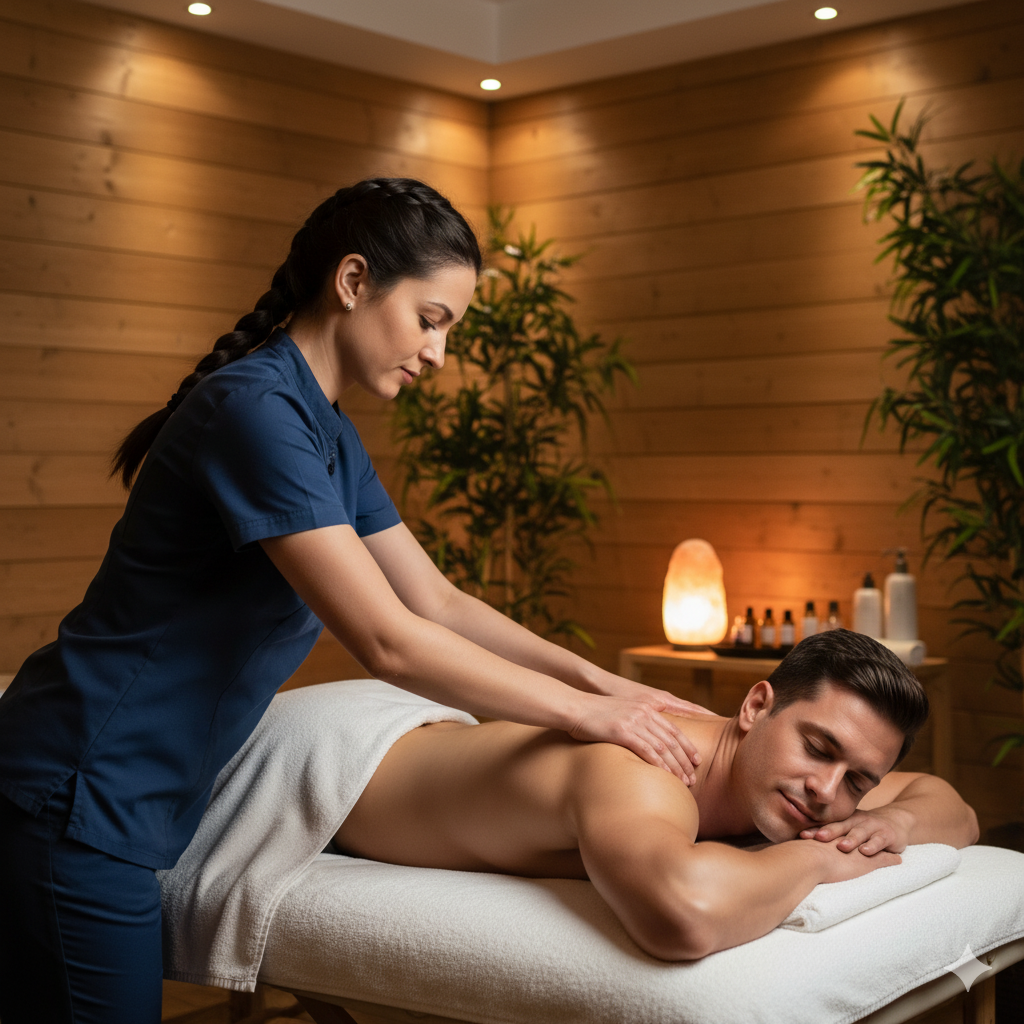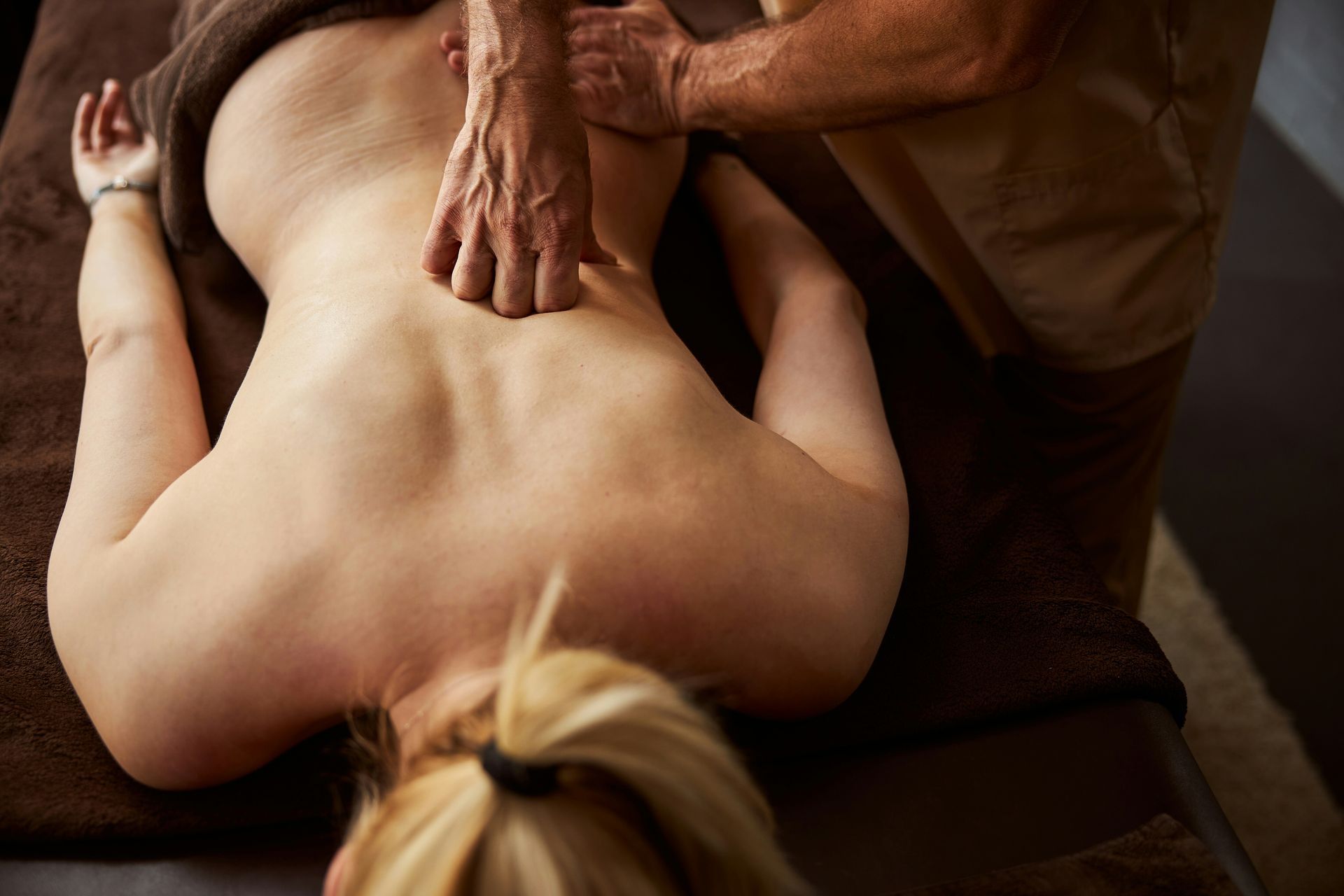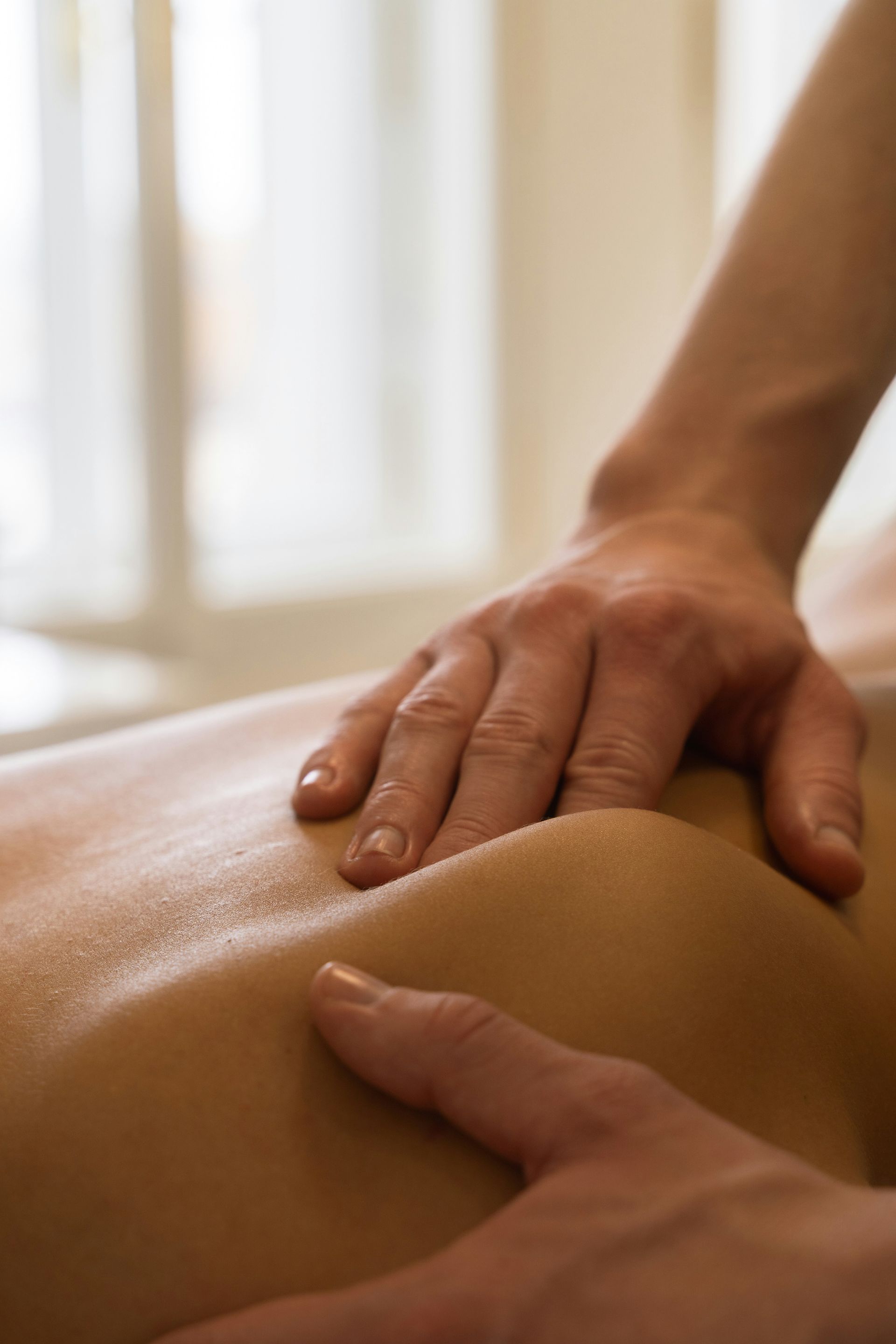Myofascial Release - Info & Insights
Welcome to our blog — a resource for anyone in Las Vegas searching for answers beyond a standard massage. While massage provides comfort, Myofascial Release delivers deeper healing. Here, we share educational content to help you understand the difference and explore whether MFR is right for you.
What You’ll Find Here
Comparisons between massage and MFR — Learn why more people are choosing fascia-focused therapy.
Condition-specific guidance — Discover how MFR helps with chronic pain, stress, headaches, fibromyalgia, and more.
Tips for athletes and busy professionals — From faster recovery to improved posture, see how MFR supports performance and daily life.
Real experiences and insights — Stories from clients and practitioners about the impact of MFR.
👉 Bookmark this page and check back often for updates. If you’ve ever searched for the best massage Las Vegas NV but left wishing the results lasted longer, our blog will help you understand why MFR is the smarter option.
Myofascial Release Articles
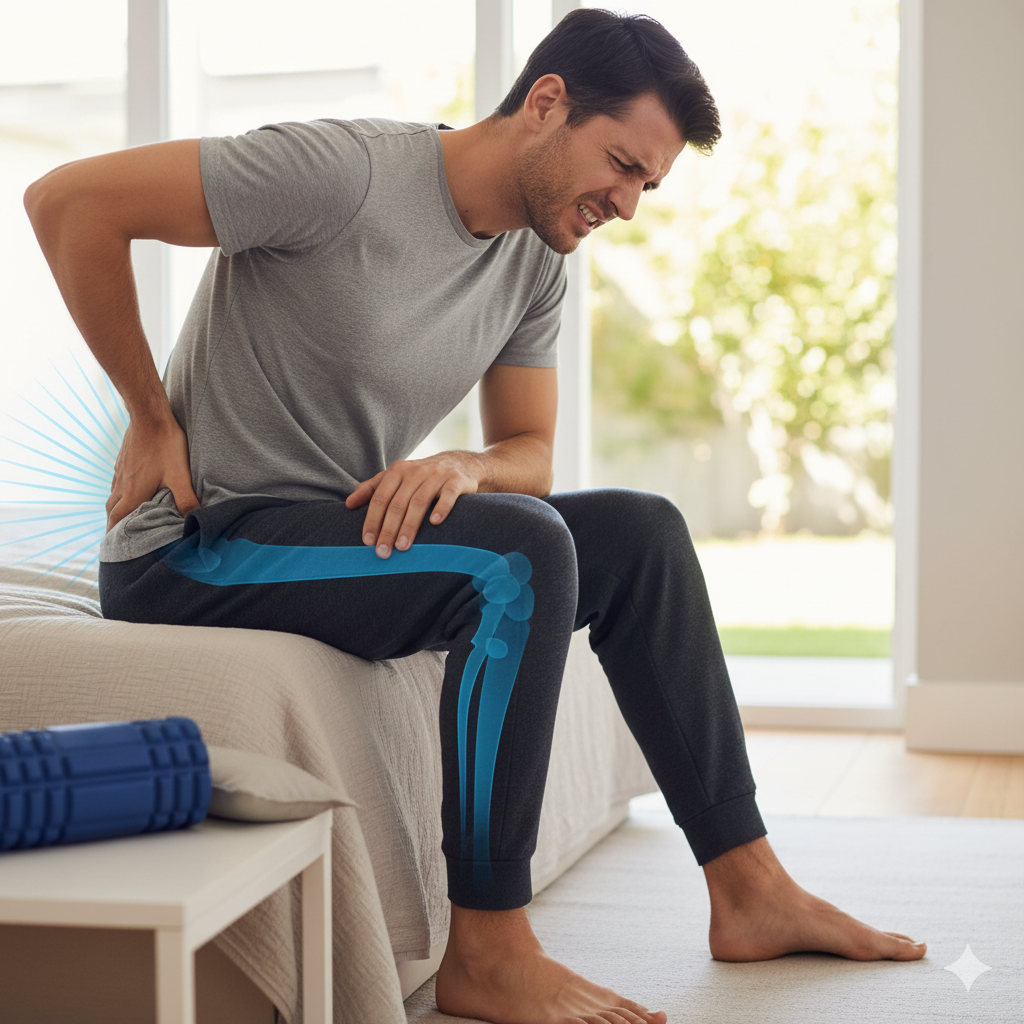
The Sciatica Solution: Why You Need Myofascial Release Before You See a Sciatica Doctor in Las Vegas
